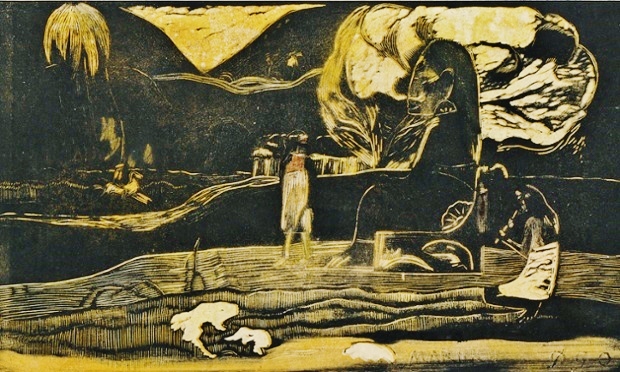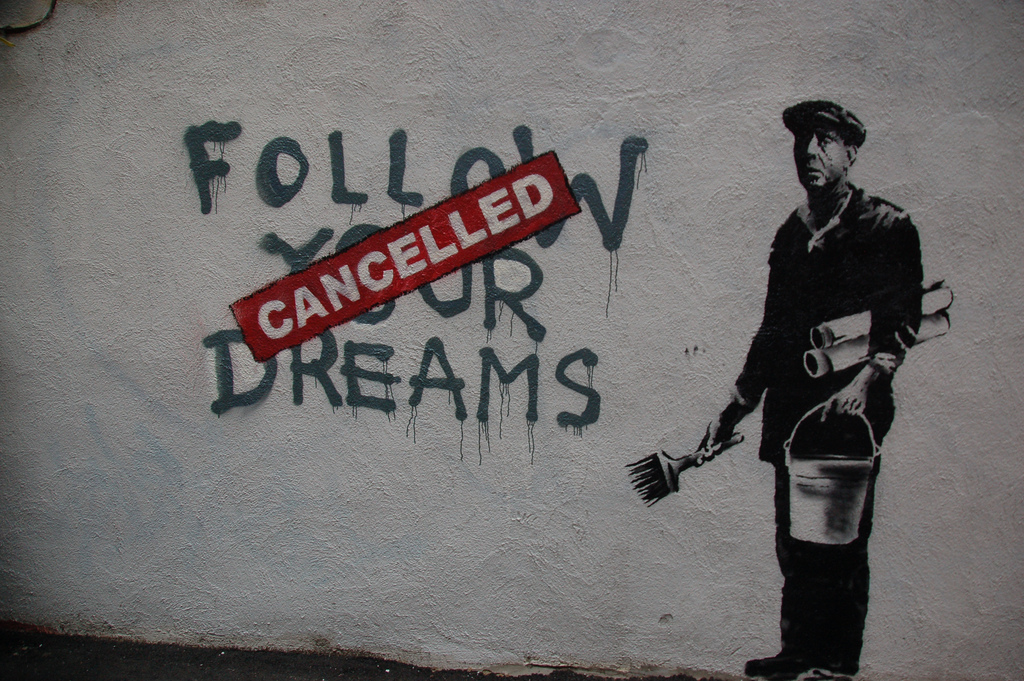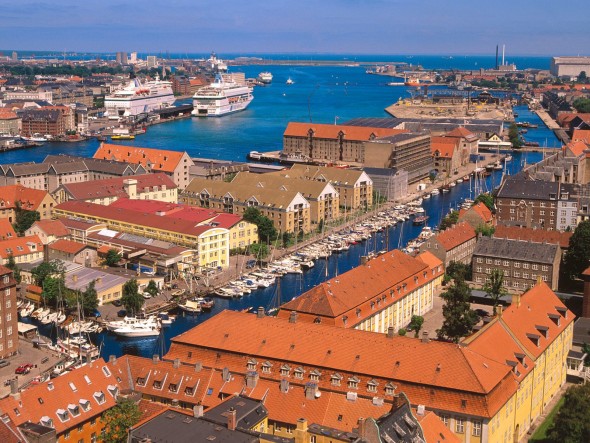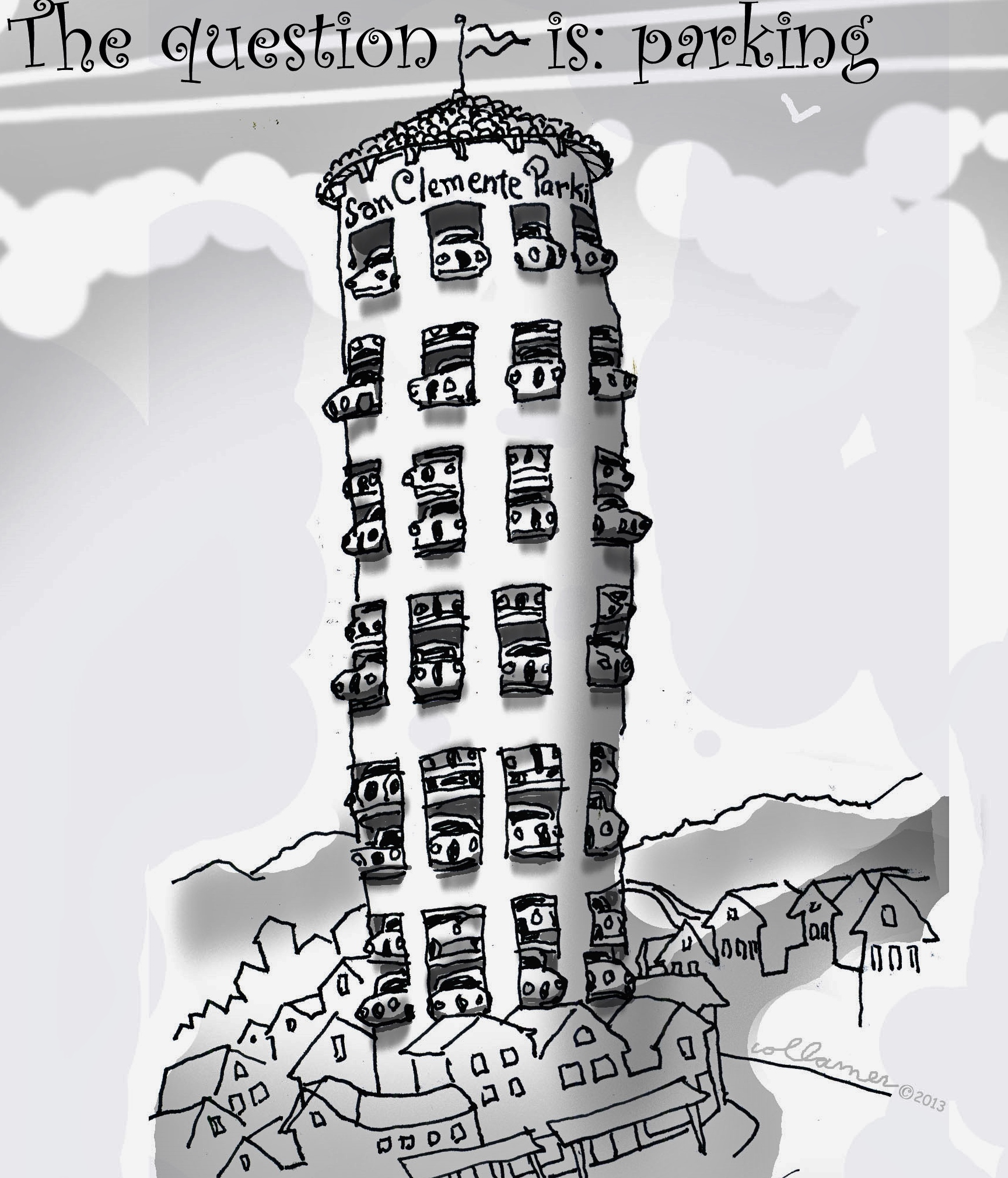Paul Gauguin, the bourgeois-turned-bohemian artist who left France for Tahiti, reveals a darker, almost menacing mythological vision, in contrast to his exploitative picture-postcard fantasy-native Polynesian paintings for which he is known. The exhibition continues at MoMA in New York until June.
Tag: New York City
Banksy: Satirical Outlaw, Graffiti Bomber, Mockumentarian
Hiding in the back alleys and behind a hoodie, he stencils freehand Gorillas in Pink Masks. An international art sensation makes a film about making a film about a guy who wants to become an international art sensation. The pseudonymous street artist Banksy has turned his well-marketed cultural irreverence into a boom time in the discontent industry.
Copehangen’s Sustainability Vision: Carbon Neutral, Climate-Adapted
Global warming poses a real threat to cities but planners in the Danish capital are taking visionary steps to ensure its resilience – and success – as far ahead as 2100. The city approved a plan for carbon neutrality, while a 10-person team focuses on how the city will adapt to a changing climate.
Nuclear: Vermont Yankee to Close, 22 Fukushimas Still Threaten US
The Vermont Yankee nuclear reactor, one of the oldest nuclear plants in the country and the subject of heated battles over the decades, will close late next year. This would leave the US with 99 operating reactors. Four reactors in Georgia and South Carolina are under construction, and the Tennessee Valley Authority is finishing a fifth in Tennessee. But the industry is in a period of rapid decline.
Urban Farming: Nature, Art, and Society Converge
Urban farmers and gardeners around the world transform abandoned lots into edible landscapes, improving human and ecological health as well as creating beautiful places. Richard Ingersoll surveys a myriad of concepts and projects from around Europe and the United States.
What Every SoCal Beach Town Suffers: Parking
“San Fran has Coit Tower. Paris its Eiffel Tower. DC the Washington Monument. New York City, the Statue of liberty, and us, we got some downtown parking.”
Henry Miller’s Free Association into the Surreal
In 1934, Henry Miller, then aged forty-two and living in Paris, published his first book. In 1961, finally distributed in his native land the book promptly became a best-seller and a cause célèbre. By now, the “controversies” dominate his legacy, including issues of censorship, obscenity, misogyny and anti-Semitism, clouding the import of Henry Miller’s words. “Tropic of Cancer” broke literary ground, mixing novelistic forms with autobiography, social criticism, philosophical reflection, and surrealist free association.







